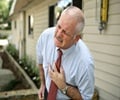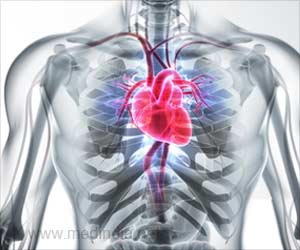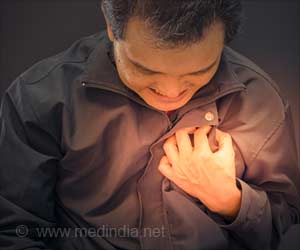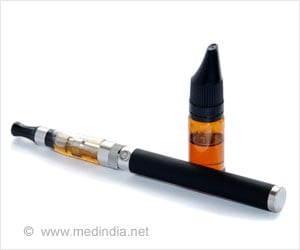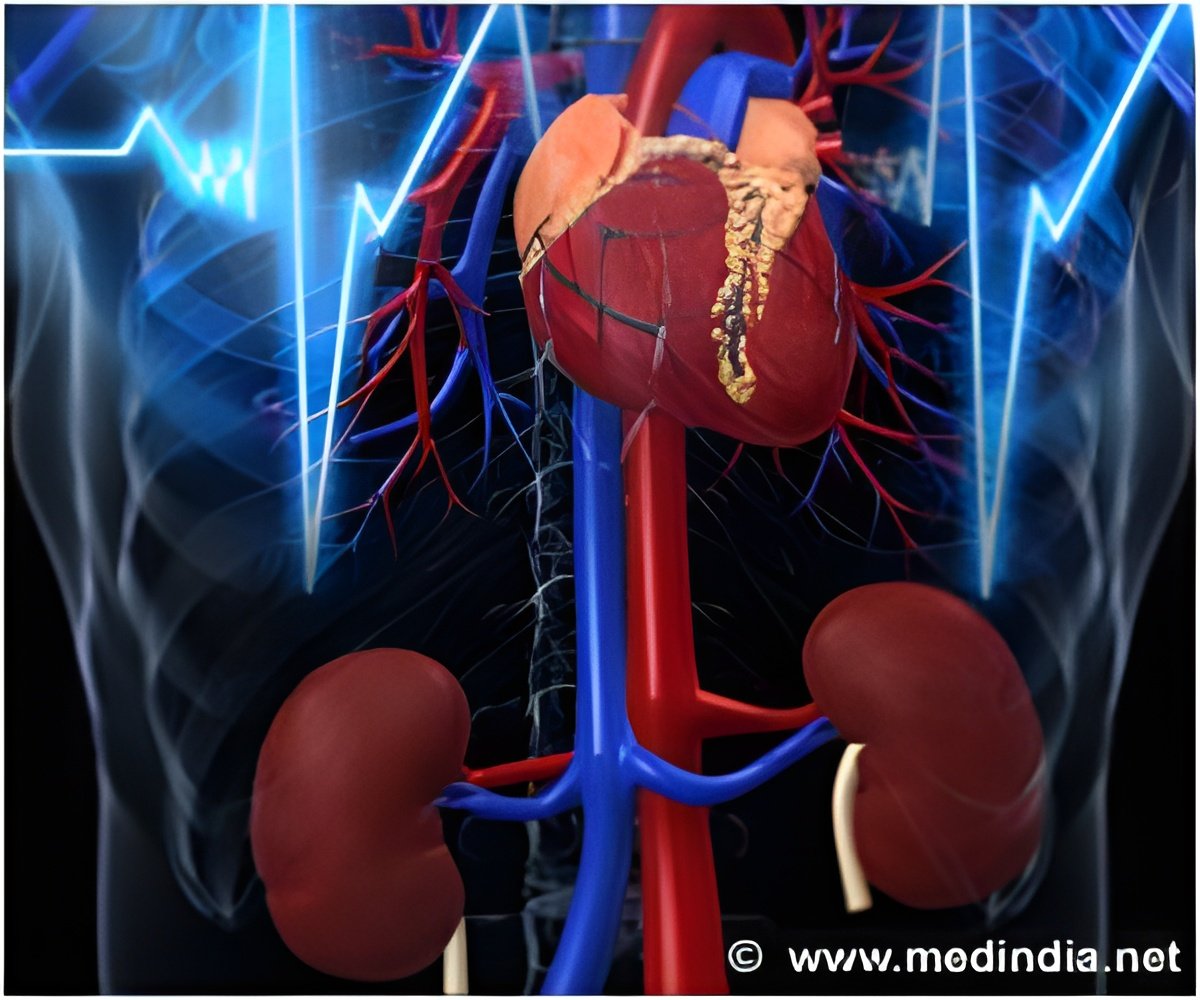
The devices could one day be used to continuously track heart health and provide doctors a safer method of measuring a key vital sign for newborn and other high-risk surgery patients.
"The pulse is related to the condition of the artery and the condition of the heart," Zhenan Bao, a professor of chemical engineering at Stanford, whose lab develops artificial skin-like materials.
To make the heart monitor both sensitive and small, Bao's team uses a thin middle layer of rubber covered with tiny pyramid bumps. Each mold-made pyramid is only a few microns across - smaller than a human red blood cell.
When pressure is put on the device, the pyramids deform slightly, changing the size of the gap between the two halves of the device. This change in separation causes a measurable change in the electromagnetic field and the current flow in the device.
The more pressure placed on the monitor, the more the pyramids deform and the larger the change in the electromagnetic field. Using many of these sensors on a prosthetic limb could act like an electronic skin, creating an artificial sense of touch.
Advertisement
The device is so sensitive that it can detect more than just the two peaks of a pulse wave. When engineers looked at the wave drawn by their device, they noticed small bumps in the tail of the pulse wave invisible to conventional sensors.
Advertisement
"In theory, this kind of sensor can be used to measure blood pressure. Once you have it calibrated, you can use the signal of your pulse to calculate your blood pressure," said Gregor Schwartz, a post-doctoral fellow and a physicist for the project.
This non-invasive method of monitoring heart health could replace devices inserted directly into an artery, called intravascular catheters. These catheters create a high risk of infection, making them impractical for newborns and high-risk patients.
Thus, an external monitor like Bao's could provide doctors a safer way to gather information about the heart, especially during infant surgeries.
Bao's team is working with other Stanford researchers to make the device completely wireless. Using wireless communication, doctors could receive a patient's minute-by-minute heart status via cell phone, all thanks to a device as thick as a human hair.
The team published its work in the May 12 edition of Nature Communications.
Source-ANI


